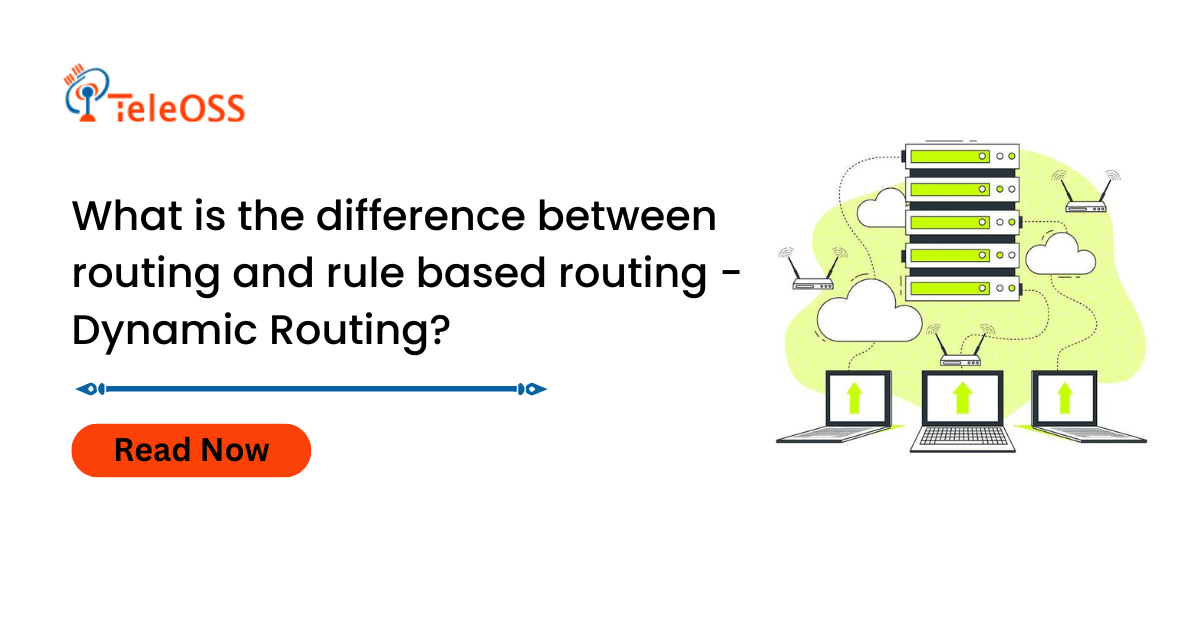SMS routing for businesses is a technology that allows businesses to send and receive text messages through a private network. This can be used to keep in touch with your customers. The technology uses an algorithm to route messages through the most efficient path, which can save time and money. In addition, SMS routing for businesses can provide a higher level of security than public networks.
What is dynamic routing?
Dynamic routing is a technique used by routers to select the best path for traffic. Routers use dynamic routing algorithms to automatically adjust the routing table based on changes in network conditions. This allows the router to quickly adapt to changes in the network, such as new routes or failed links.
The difference between routing and rule-based routing in dynamic routing
In a nutshell, routing is the process of selecting a path for traffic in a network, while rule-based routing is a method of routing that uses predetermined rules to make decisions about where to send traffic. Both have their advantages and disadvantages, but ultimately it’s up to the network administrator to decide which method is best for their network.
One key difference between the two is that routing is done automatically by SMS routers, while rule-based routing must be configured manually. This means that routing is generally faster and more efficient, but it can also be more difficult to troubleshoot if something goes wrong.
Rule-based routing, on the other hand, offers more flexibility and control over how traffic is routed but can be slower and more resource-intensive. Again, it’s up to the administrator to decide which trade-offs are worth making for their particular network.
TeleOSS provides SMS gateway solutions for businesses of all sizes so that you can reach a wider customer base without any routing issues.


